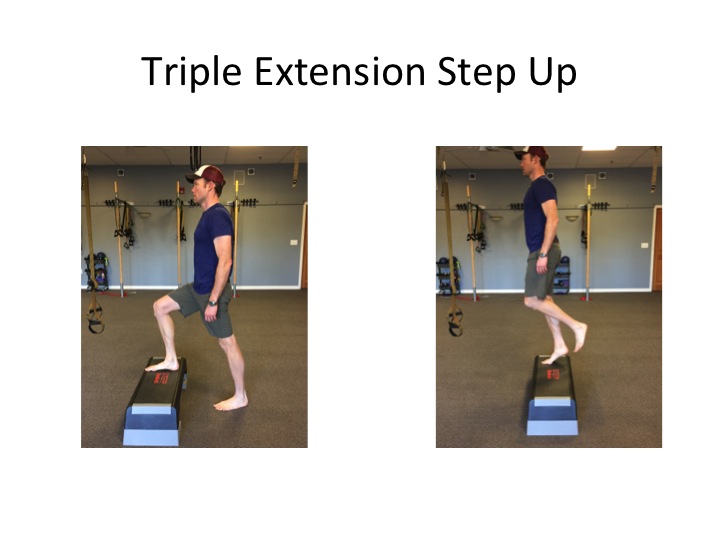In the achilles tendinopathy (artist formally known as tendonitis) research two main themes have emerged. First, there is little to no evidence to support the use of injections of any kind into an injured tendon. Authors have advocated against steroid injections due to the risk of tendon rupture outweighing any potential benefits. Studies have also been limited in the use of PRP (platelet rich plasma) injections for tendon pain. Significant methodological concerns have impacted this area of research including the lack of large human trials, lack of placebo or alternative treatment (exercise) comparison, and small sample sizes. Without improvements in this line of research, PRP remains an expensive, experimental treatment compared to other proven treatment strategies.
Strengthening exercises remain the gold standard of care, both in the research and our Boulder Physical Therapy practice, for these tendon injuries. Although eccentric exercise was first published in the late 1990s as an effective treatment for tendinopathy, many other forms of strength training including isometric and isotonic exercise have also been shown to be effective. The key take home message from these trials remains the same, injured tendons must be progressively loaded based on their clinical presentation to recover. Initially improvements in a patient’s symptoms and function are secondary to improved strength of the surrounding muscles while long term improvements are attributed to structural healing of the tendon (remodeling).
A recent review of the evidence highlights the importance of intensity or resistance during achilles strength training exercises for patients with mid portion achilles tendinopathy (Murphy et al. Br J Sp Med. 2019). Authors reviewed the available literature on the use of heavy eccentric training for this patient population compared to a wait and see or traditional Physical Therapy approach (modalities, massage). They reviewed the data from 7 studies and reported heavy eccentric training may be superior to a wait and see approach and traditional Physical Therapy. Authors also found a trend showing these heavy eccentric exercises may be less effective than other forms of exercise (isometric, isotonic).
This review is consistent with our current understanding on tendon management. Tendons should be progressively loaded based on the tendon’s tissue tolerance and irritability. Although eccentric exercise has become popular, other forms of exercise and loading strategies should also be considered as part of the tendon loading plan of care. When it comes to tendons, one size does not fit all.
Click Here To Schedule Your Next Appointment With The Experts at MEND

